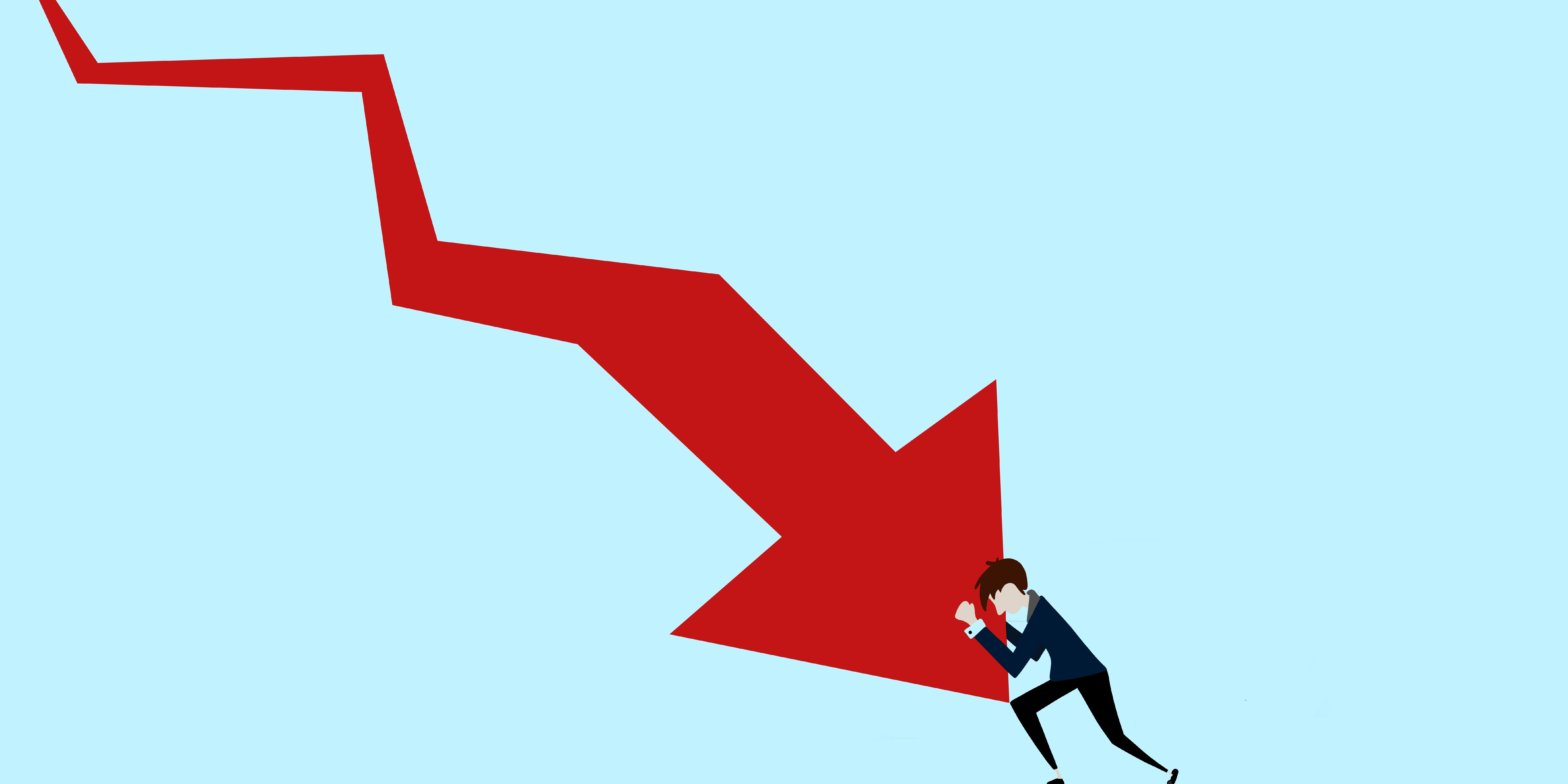Is the US already in recession or is the widely anticipated economic downturn still approaching? Wall Street experts are butting heads over the health of the economy, and what’s to come. Here’s what David Rosenberg, Jeff Gundlach, Clif Asness and 4 others have said. Loading Something is loading.
Thanks for signing up!
Access your favorite topics in a personalized feed while you’re on the go.
Wall Street is still debating when the most anticipated recession in recent memory will actually hit the US economy.
Some experts say it’s already here, and there are those who expect it by year-end – while some others just don’t think it’s a possibility.
But it’s undeniable that the risk of a severe economic downturn has been one of the most talked-about themes in markets and economics this year, after the Federal Reserve jacked up interest rates up by 500 basis points since early 2022 to contain inflation.
The recession discussion has once again grown louder in recent weeks, as a credit squeeze spawned by this year’s banking turmoil heightens the threats to the economy. Here’s what 7 heavyweights have said most recently about the health of the US economy.
David Rosenberg, Rosenberg Research president”Markets pricing in a ‘soft landing’? Will they ever be in for a big surprise,” the Rosenberg Research chief tweeted.
“The boy cried wolf, indeed, but the wolf did show up at the end of the story,” he added, suggesting experts who’ve been warning about a looming recession will be proven right in the end.
The veteran economist hasn’t stopped short of more dire warnings about the US. “Don’t believe the hype! This economy is a dead man walking,” he said in an earlier tweet.
“You look at the United States and it seems to me that we’re still making this transition from expansion to recession,” Rosenberg said. “I know it sounds extremely controversial to talk about the US going into recession, just because the lagging and coincident indicators are telling you that we’re into something brand-spanking new about a no-landing or a soft landing. We’re heading into a hard-landing in the second half of the year,” he added.
Jeff Gundlach, DoubleLine Capital CEOThe billionaire investor recently said key economic indicators looked “absolutely full on recessionary,” per CNBC, referring to trends in the manufacturing and services.
“It’s pretty clear that we have the look of soon to be at the front end of a recession,” Gundlach said.
Clif Asness, billionaire investor”My biggest concern is stocks and bonds seem to be taking a very, very different view. Bonds are pricing in multiple, severe cuts over the next year to two years. That is a forecast for a recession, and not a mild one. Equities are whistling past the graveyard.”
Jeffrey Kleintop, Charles Schwab chief global investment strategist”The drama characterizing the first half of 2023 may abate, with potentially milder returns for investors due to effects from the Cardboard Box Recession,” Kleintop said in a note.
“We’re referring to this phenomenon as a Cardboard Box Recession, because items that are made (manufacturing) and shipped (trade) tend to go in a box. Demand for corrugated linerboard, what most cardboard boxes are made from, has fallen similar to past recessions, as per data from the Fibre Box Association. The latest drop is reminiscent of the demand behavior during those shaded periods on the chart below denoting global recessions,” he added.
Goldman SachsThe Wall Street bank appears more bullish about the US economy, recently predicting that chances of the US tipping into recession within the next 12 months have dropped.
That’s for two reasons, the bank said in a note, including a deal reached on the US debt limit and the abatement of a regional banking crisis.
“The tail risk of a disruptive debt ceiling fight has disappeared,” economist Jan Hatzius said. “The bipartisan budget agreement to suspend the debt limit will result in only small spending cuts that should leave the overall fiscal impulse broadly neutral in the next two years.”
“We have become more confident in our baseline estimate that the banking stress will subtract only a modest 0.4 percentage point from real GDP growth this year, as regional bank stock prices have stabilized, deposit outflows have slowed, lending volumes have held up, and lending surveys point to only limited tightening ahead,” Hatzius said about turmoil among smaller US lenders.
Deutsche Bank The US is “on track for its first genuine policy-led boom-bust cycle in four decades,” triggered by the Fed’s ultra-easy money policy during 2020-2021, Deutsche Bank’s top economists said in a research note. That unleashed “high inflation and an aggressive policy response,” Jim Reid and David Folkerts-Landau said.
“We always thought it would take until the latter part of 2023 for this to materialise and although there is a risk it is delayed until H1 2024, we continue to believe it starts in Q4 2023,” they added. The coming downturn, however, is expected to be an “earlier and milder” one, Reid and Folkerts-Landau continued.
“Core inflation is proving too high for comfort and recessionary conditions may be the only way of returning it to target,” the added.
DataTrek Research “History does support the idea that May’s job growth pushed back the start of a US recession by at least six to 12 months. In no case since 1980 has the US economy slipped into a recession any sooner than that after a jobs report similar to what we got on Friday,” DataTrek Research co-founder Nicholas Colas said, referring to data that showed American employers added 339,000 jobs in May, way above the 190,000 expected by economists.
“As much as economic and market conditions certainly do not seem back to pre-pandemic normal, the VIX is signaling that they are closer than they may seem,” he added.
